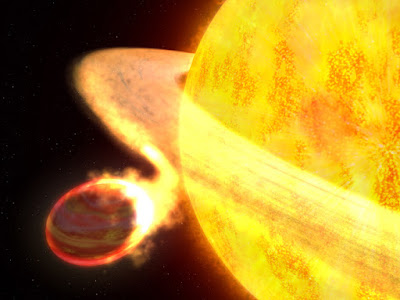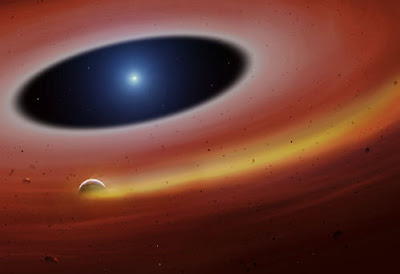Topics: Astronomy, Astrophysics, Exoplanets, White Dwarfs
Some rocky exoplanets bear a striking resemblance to Earth, according to Alexandra Doyle, Edward Young and colleagues at the University of California at Los Angeles. The team used the properties of light coming from six white-dwarf stars to calculate how much oxygen, iron and other elements were present in planets that once orbited the stars. Their observations suggest that these planets – which were consumed by their stars long ago – have the same geophysical and geochemical properties as Earth. While astronomers are able to observe rocky exoplanets, working out what they are made of is difficult and this research provides important clues regarding the composition of these Earth-like objects.
White dwarfs are the ancient remnants of stars that had masses less than about 10 Suns. This means that most stars in the Milky Way will eventually become white dwarfs – including the Sun. Many white dwarfs would have had planets, which would have been consumed by the stars at some point in their stellar evolution. The atmosphere of a white dwarf is expected to comprise only the lightest elements – hydrogen and helium – so the presence of heavier substances in the stellar atmosphere such as magnesium, iron and oxygen means that the star has probably ingested rocky planets or asteroids.
Doomed exoplanets were much like Earth, Hamish Johnston, Physics World

